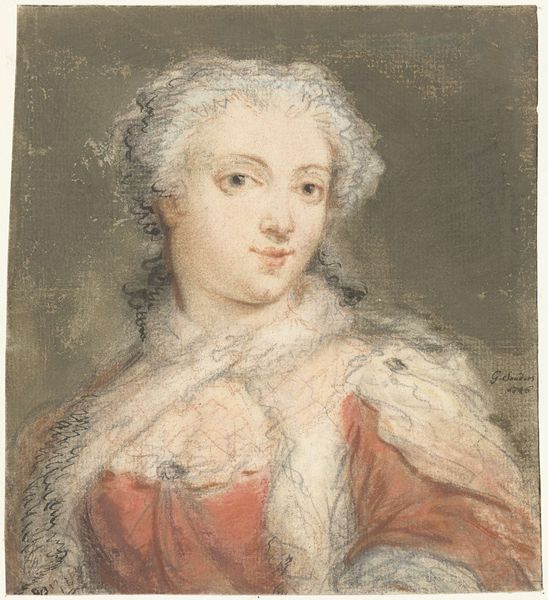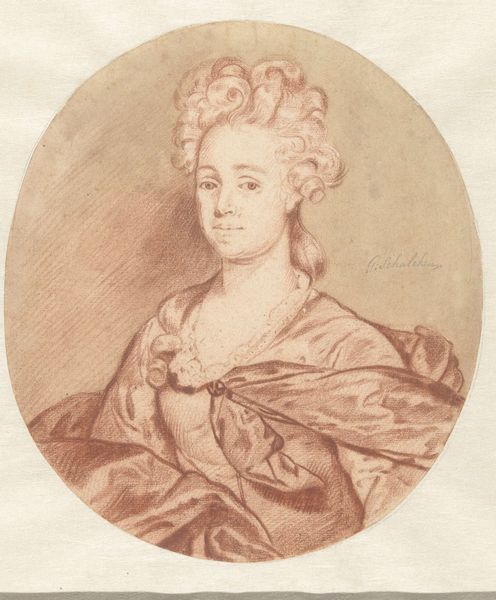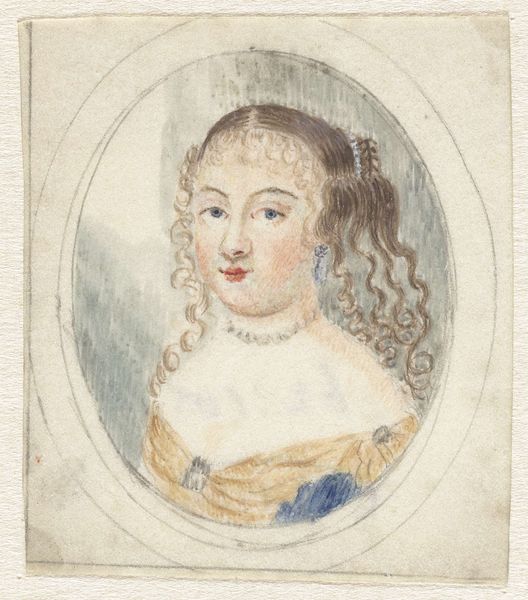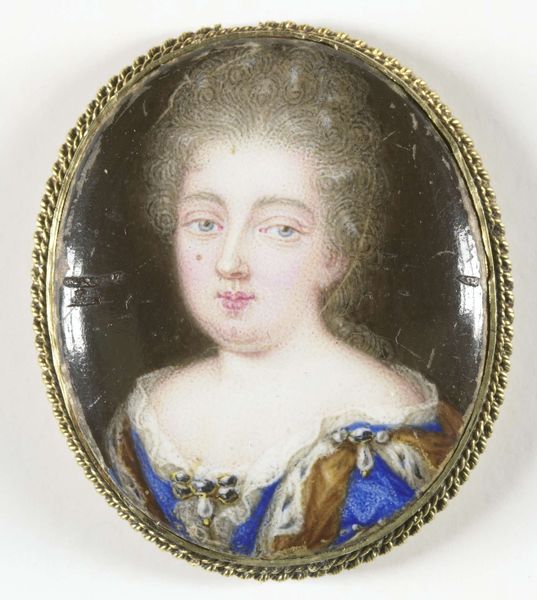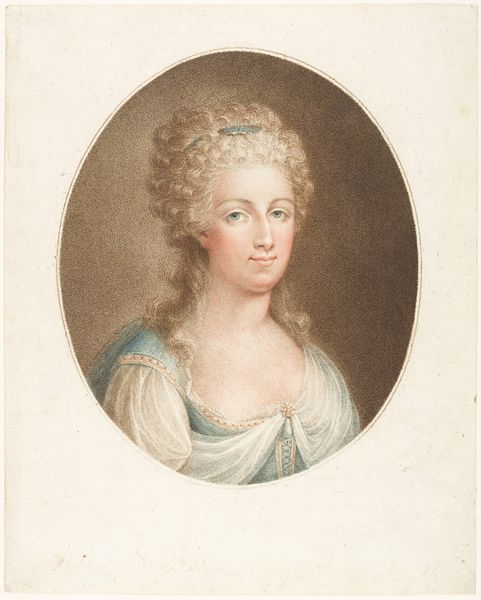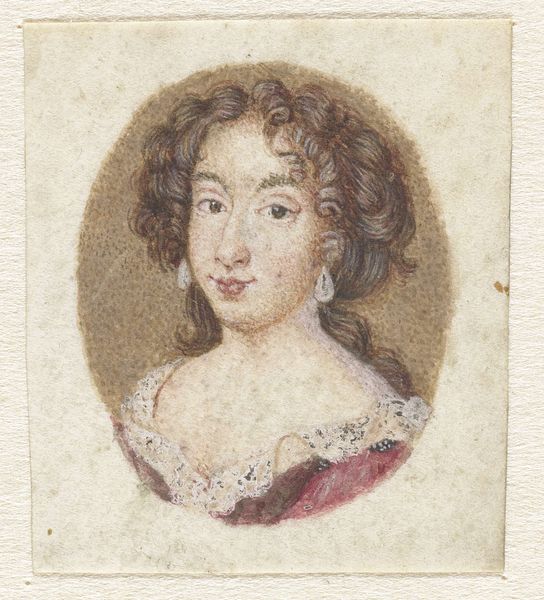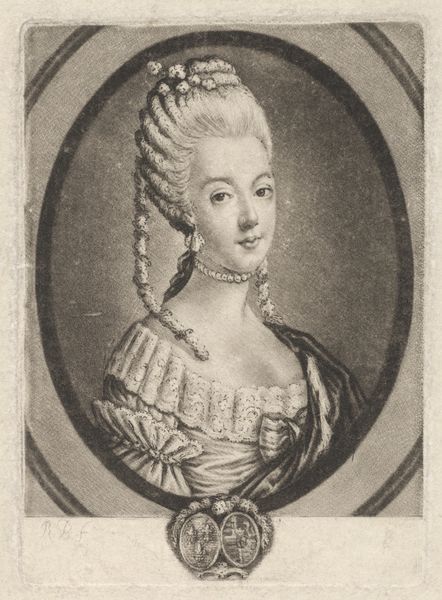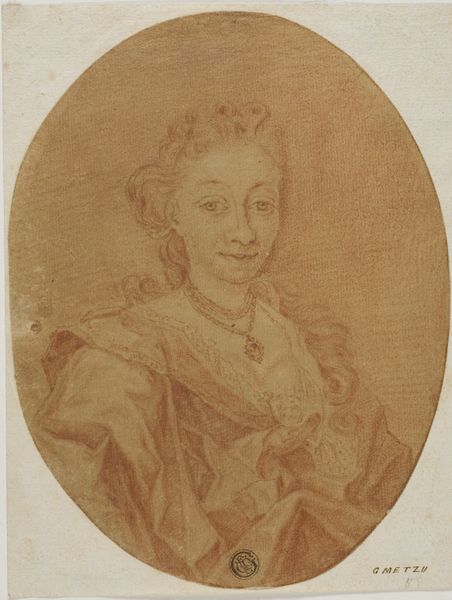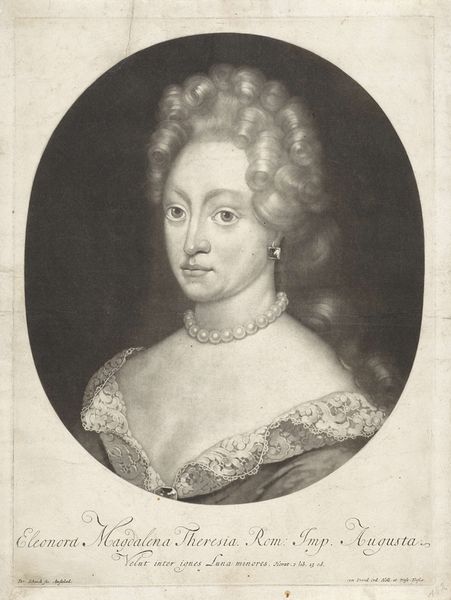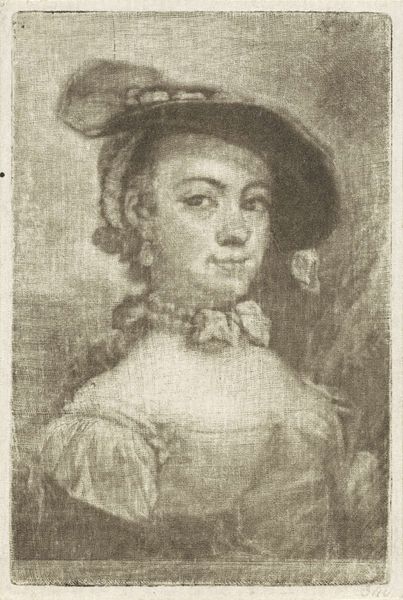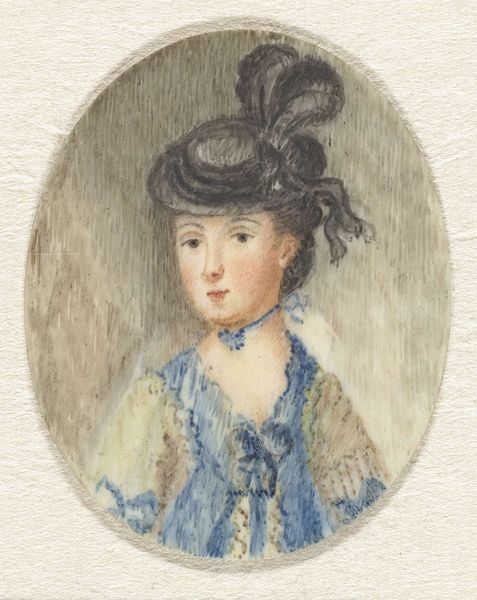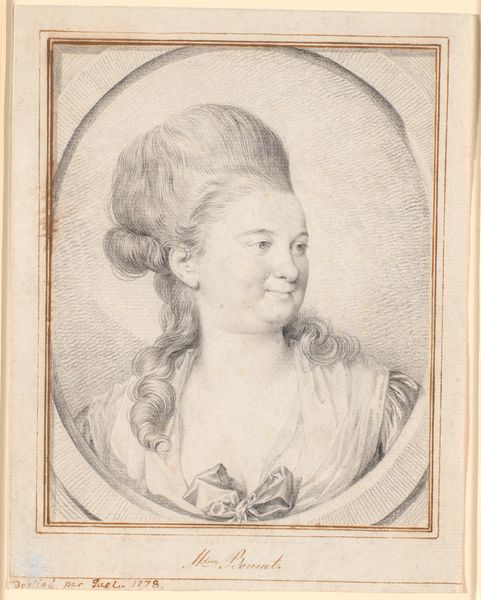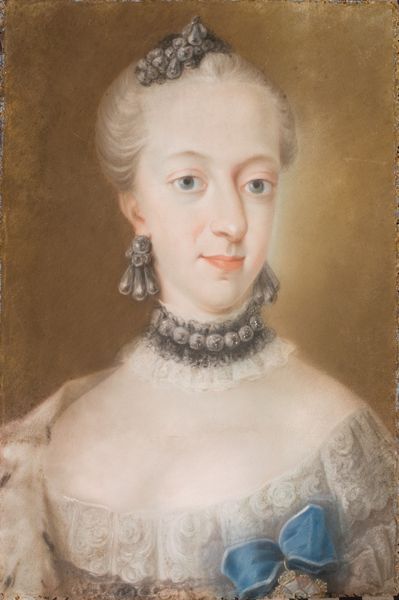
watercolor
#
portrait
#
watercolor
#
coloured pencil
#
romanticism
#
portrait drawing
#
genre-painting
#
watercolor
Dimensions: height 42 mm, width 35 mm
Copyright: Rijks Museum: Open Domain
Editor: Here we have Pieter Gerardus van Os’s “Vrouwenportretje,” created sometime between 1786 and 1839. It's a delicate watercolor portrait. It has such a light, almost airy quality. What stands out to you? Curator: It's interesting to consider the use of watercolor in a portrait meant to convey status. Watercolors, often associated with landscapes and preliminary sketches, here become the medium for representing a woman, likely of some social standing. This raises questions about the commodification of portraiture during this period and the accessibility of different artistic materials. Were watercolors seen as a more affordable option? How did the perceived value of the material influence the reception of the artwork and the sitter? Editor: That's a good point. I hadn’t considered the material's inherent value. Curator: Also, observe the way the artist uses layering to build up the form. It's quite meticulous for watercolor, blurring the lines between fine art portraiture and a craft-based approach to image-making. Editor: So, it challenges the established hierarchy between "high art" and "craft" because of the medium and detailed execution. Curator: Precisely. Think about the labor involved in achieving such detail with watercolor, traditionally seen as a quicker medium. It pushes us to rethink the role of artistic skill and its connection to social status. The "preciousness" of the subject is being actively constructed. Does knowing more about the materiality of its production change your initial reaction to it? Editor: Definitely! It makes me appreciate the work's subversive quality, playing with expectations around materials and portraiture. It makes me wonder who created the watercolor paper used, if there were watermarks. Curator: Yes, thinking about the broader context of artistic production and consumption makes us realize that this artwork is an active intervention within a specific historical moment, rather than merely a passive representation of it.
Comments
No comments
Be the first to comment and join the conversation on the ultimate creative platform.
